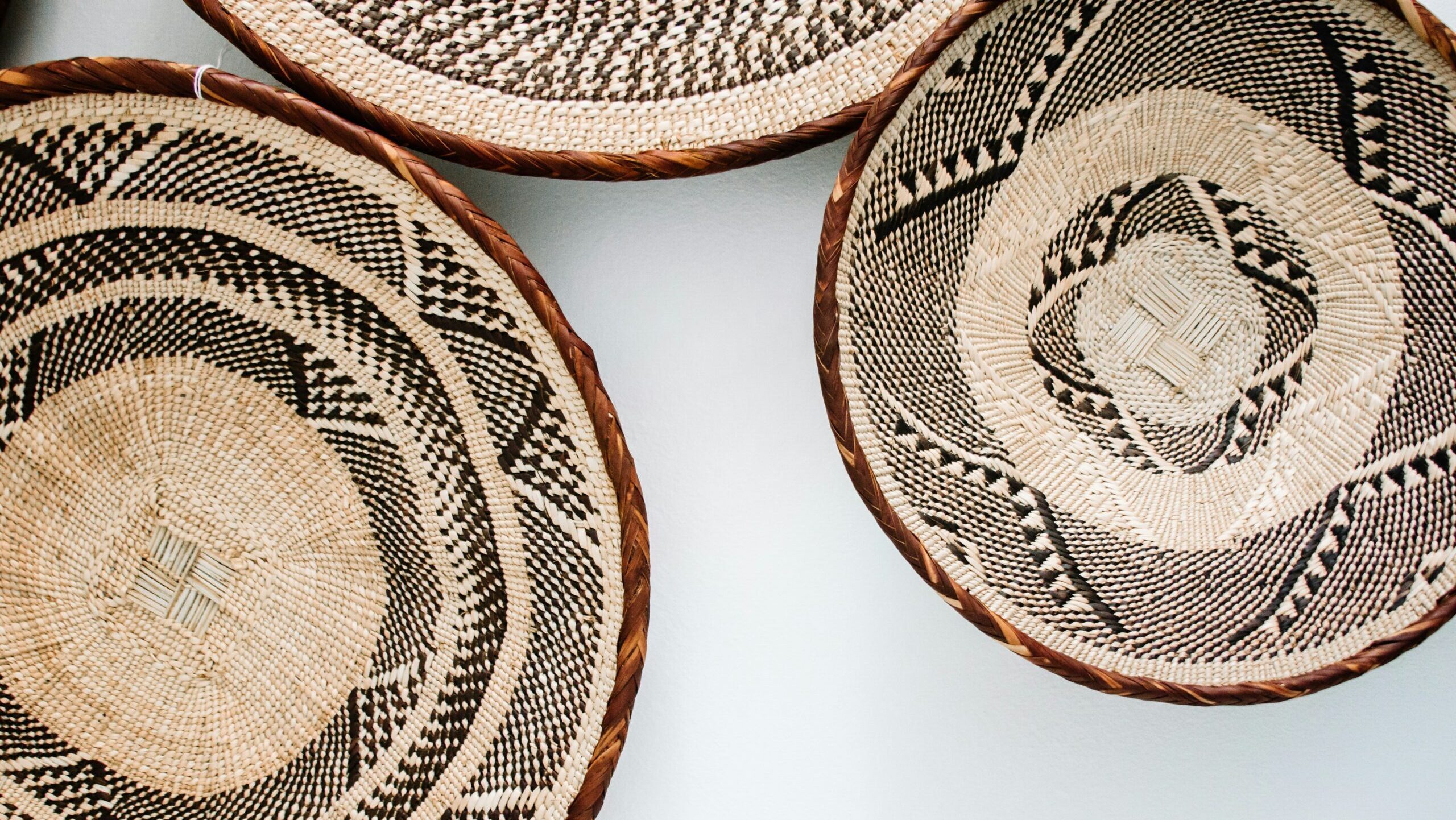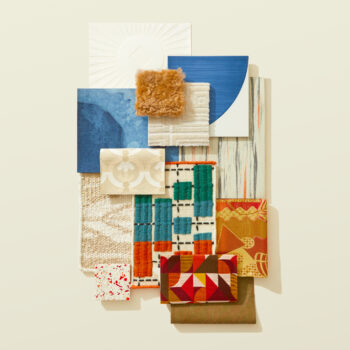
Weaving is a fascinating process that involves interlacing two sets of yarn or threads to create a fabric. There are many different types of fabric weaves to know, each with its own unique characteristics and properties.
One of the most basic and commonly used weaves is the plain weave. In this weave, the weft thread is woven over and under the warp thread in a simple, repeating pattern. The result is a strong and durable fabric that is often used for everyday items like shirts and sheets.
On the other end of the spectrum is the jacquard weave, which is much more complex. This weave uses a specialized loom to create intricate patterns and designs in the fabric. Jacquard weaves are often used for upholstery, curtains, and other decorative fabrics where a high level of detail is desired.
Another popular weave is the satin weave, which creates a smooth and lustrous fabric with a high sheen. Fabrics like silk, satin, and sateen are all made using a satin weave. In this weave, the weft thread is floated over several warp threads and then under one warp thread, creating long floats on the surface of the fabric.
Finally, there is the basket weave, which is known for its strength and durability. In this weave, the warp and weft threads are woven together in a crisscross pattern, creating a checkerboard-like effect. Basketweave fabrics are often used for items that need to withstand a lot of wear and tear, like upholstery and bags.
Overall, the different types of weaves for fabric is a versatile and intricate process that produces a wide variety of different textures, patterns, and properties. Whether you’re looking for something strong and long-lasting or sleek and shiny, there’s a weave out there that’s perfect for your needs.


Loving the intricacies and dimensions created by textile weaves, learn more about adding patterns into your design in other ways with our Incorporating Arabesque Designs for Modern Interiors article.







